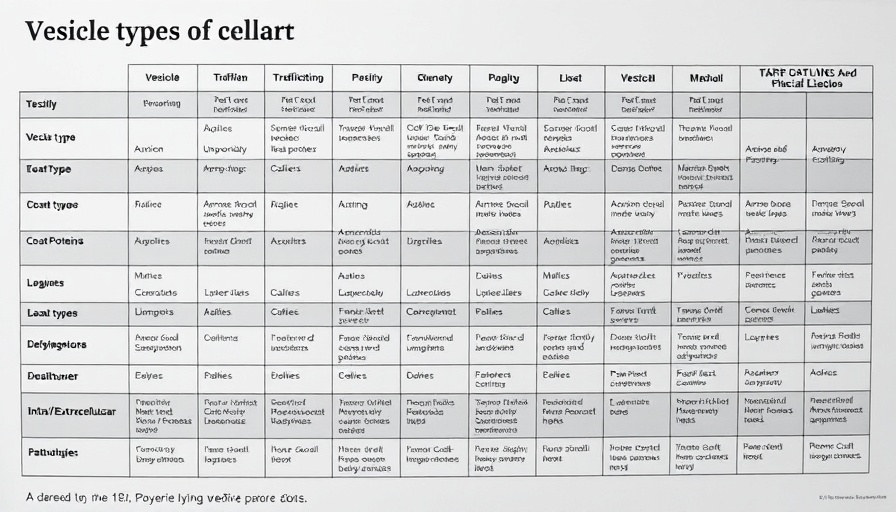
The Crucial Role of SIRT1 in Gastrointestinal Tumors
As cancer continues to rise globally, the intricacies of cellular mechanisms that influence tumor development are more critical than ever. Gastrointestinal tumors, particularly esophageal cancer (EC), gastric cancer (GC), and colorectal cancer (CRC), present significant challenges with alarming morbidity and mortality rates. Central to understanding these cancers is SIRT1, an NAD+-dependent deacetylase that exhibits dual roles in tumor progression.
Why SIRT1 Matters: A Dual Approach
In EC, elevated SIRT1 levels correlate with severe disease indicators, including advanced TNM staging, lymph node metastasis, and diminished overall survival. This trend isn’t isolated; GC also reveals similar patterns where SIRT1 facilitates tumor growth, notably in its interplay with autophagy and chemoresistance. Yet, intriguing studies reveal that SIRT1 may offer anti-cancer properties by modulating ferroptosis, presenting a paradox that demands further investigation.
Understanding Colorectal Cancer Dynamics
In CRC cases, there’s a prevalent overexpression of SIRT1, promoting malignant characteristics through mechanisms like p53 inhibition and the activation of the Wnt/β-catenin pathway. However, the nuanced nature of SIRT1 cannot be overlooked; contrary evidence suggests its potential tumor-suppressing abilities through β-catenin and NF-κB signaling inhibition. This complexity underscores the urgent necessity for context-specific research regarding SIRT1’s role in tumor biology.
Trends in Cancer Prevention and Treatment
According to the World Health Organization, colorectal cancer alone accounted for nearly 1.9 million new cases in 2020, marking it as one of the leading cancers globally. This stark statistic compels the need for innovative strategies in cancer prevention and treatment, particularly with aging populations and changing lifestyle factors contributing to increased cancer incidence.
What’s Next: Research and Therapy Implications
The double-edged sword of SIRT1 activity in tumors emphasizes the requirement for precision medicine in oncology. Future research targeting SIRT1 could pave the way for personalized therapies that exploit its bifunctional role, potentially revolutionizing treatment protocols for gastrointestinal cancers.
The Connection to Cellular Rejuvenation
Understanding SIRT1's role goes beyond oncology; it intricately connects to broader themes of cellular health and rejuvenation. As a key player within the pool of sirtuins, SIRT1 plays a significant role in cellular repair and health optimization, which are paramount for advancing regenerative medicine and effective anti-aging therapies.
Embracing Regenerative Advances: Health-conscious individuals should stay informed about advancements in cellular rejuvenation techniques, such as stem cell therapy and the use of NAD+ boosters. These approaches are evolving and can significantly enhance mitochondrial function and overall cellular vitality.
As research progresses, the potential to harness SIRT1 not only for cancer treatment but also for enhancing life quality and longevity becomes a fascinating frontier. The search for effective biomarkers and targeted interventions holds the promise of more effective cancer therapies, and individuals should remain engaged with emerging science as it unfolds.
Investing in knowledge about SIRT1 and its functions not only informs one's understanding of cancer biology but also inspires a proactive approach to health through lifestyle choices that may optimize cellular health amid life's challenges.
 Add Row
Add Row  Add
Add 




 Add Row
Add Row  Add
Add 


Write A Comment